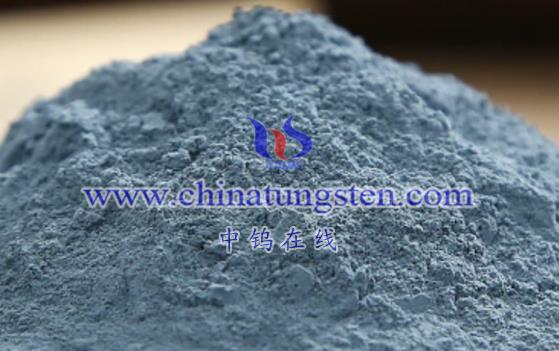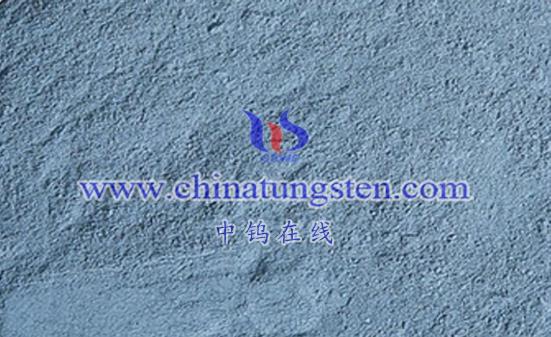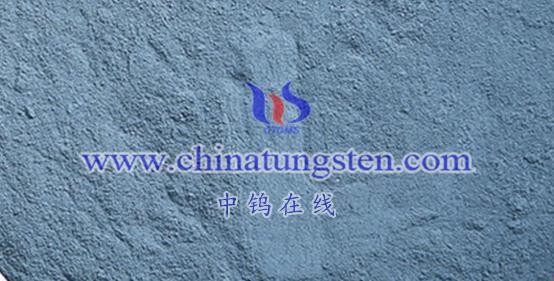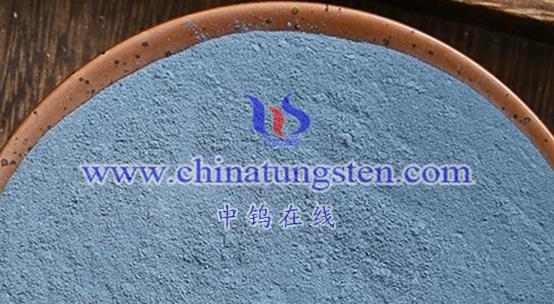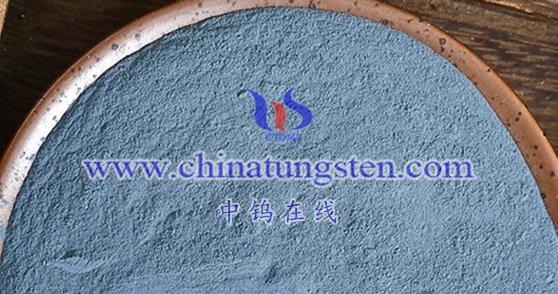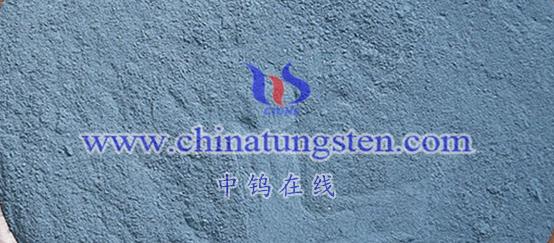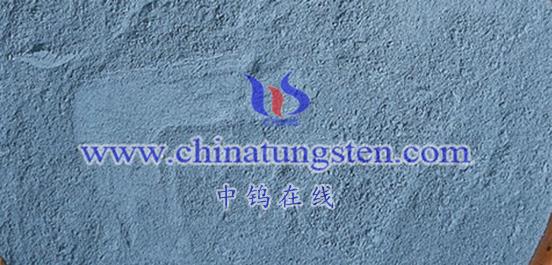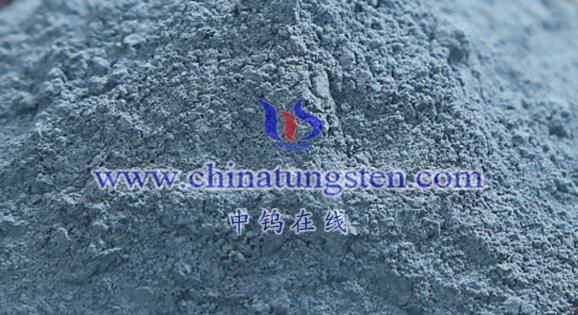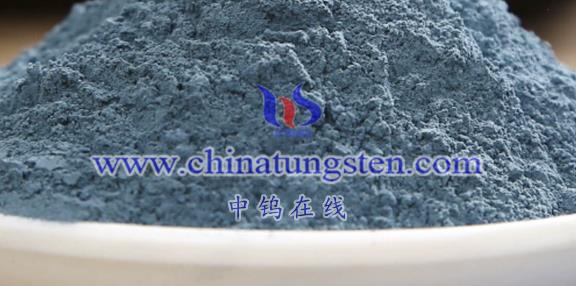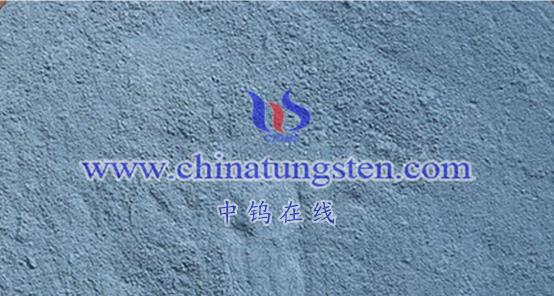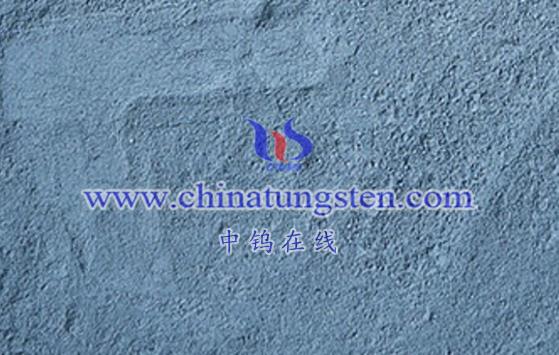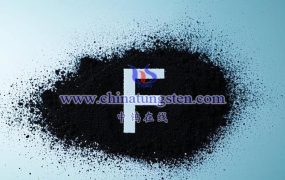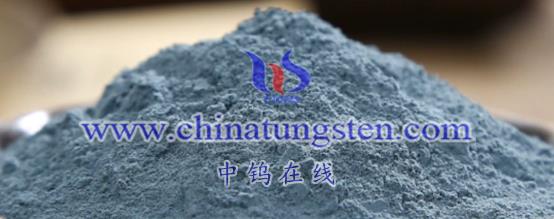
Tungsten bronze has a wide range of applications in electronic devices, primarily due to its excellent physical and chemical properties. Here are several key application areas for tungsten bronze in electronics:
- Optoelectronic Devices
- Laser Frequency Doubling: Tungsten bronze has good nonlinear optical properties, making it useful in laser frequency doubling technology to increase the frequency and energy of the laser.
- Electro-optic Modulation: Tungsten bronze can be used in electro-optic applications to modulate optical signals. This is significant for optical communication and optical information processing.
- Optical Information Processing: Tungsten bronze is also applied in optical information processing, such as optical storage, image magnification, and real-time dynamic interferometry.
- Sensors
- Humidity Sensors: Tungsten bronze is sensitive to environmental parameters like humidity, making it suitable for manufacturing humidity sensors to monitor and record humidity changes in the environment.
- Superconducting Materials
- Superconducting Properties: The incomplete filling in tungsten bronze materials results in the appearance of excess electrons. These electrons create superconducting phenomena as they move through the material. As a result, tungsten bronze has potential applications in superconducting technologies.
- Electronic Components
- Capacitors: Tungsten bronze’s dielectric properties make it an ideal material for manufacturing capacitors.
- Transducers: Due to its excellent electrical and mechanical properties, tungsten bronze can be used in the production of transducers to convert electrical energy into other forms of energy.
- Brakes: In electronic devices requiring precise control and regulation, tungsten bronze can be used in the manufacture of brakes, providing stable braking force and control functions.
- Other Applications
- Thin Film Additives: For example, cesium tungsten bronze can be used as an additive in thin films to enhance their performance and stability.
- Glass Modifiers: Tungsten bronze can also be used to modify ordinary glass, improving properties such as thermal shock resistance and optical transparency.
- Functional Textile Materials: In the textile industry, tungsten bronze can serve as a functional material to impart special properties to fibers, such as antibacterial and antistatic effects.
Conclusion
Tungsten bronze plays a significant role in various electronic devices and applications, ranging from optoelectronic components to sensors, superconducting materials, and other specialized uses. Its unique physical and chemical properties make it an indispensable material in the field of electronics.
More details of tungsten oxide product, please visit website: tungsten-oxide.com
Please contact CHINATUNGSTEN for inquiry and order of tungsten oxide:
Email: sales@chinatungsten.com
Tel.: 86 592 5129595
